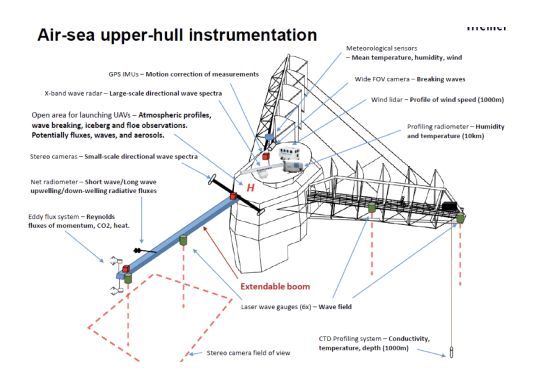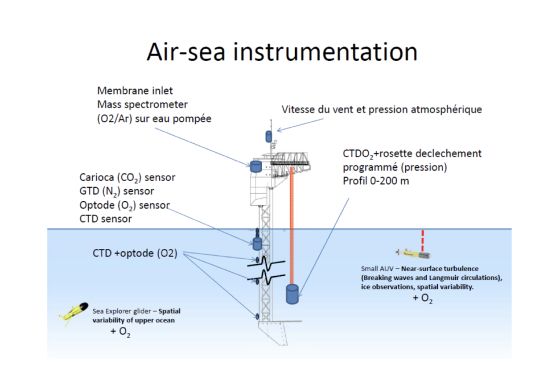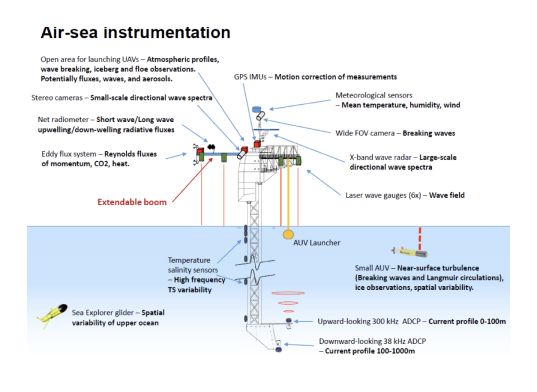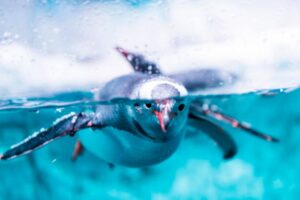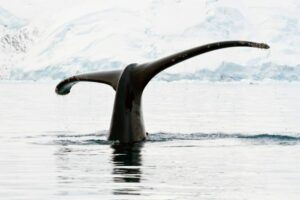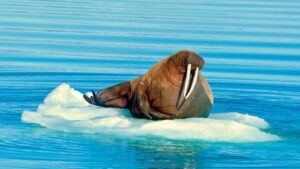
Scientific
The Polar POD is an international oceanographic station: 43 institutions and universities from 12 countries are involved in the research program.
The data and observations will be accessible to the entire international scientific community as well as the general public, making the Polar POD an exceptional educational tool. It will constitute an essential French contribution to the United Nations Decade of Ocean Science for Sustainable Development program (2021-2030).
Our Scientific Program is Implemented on Polar POD and PERSEVERANCE
Polar POD
- Our Research AreasAtmosphere-Ocean ExchangesThe Southern Ocean (SO) is a highly turbulent system and a key component of the climate system. Although it covers only about 30% of the ocean’s surface, models indicate that it is responsible for approximately 50% of anthropogenic (human-induced) CO2 absorption. The Polar POD’s ability to remain stable in rough seas will reduce the impacts that affect air-sea exchange measurements taken from large research vessels. Southern Ocean Monitoring by Satellite Remote SensingThis involves calibrating satellite measurements using observations made in the field: weather conditions, sea states, wind and waves, and ocean color.
Notably, phytoplankton, which reflects the available resource for the marine ecosystem and the ocean’s capacity to absorb CO2 through photosynthesis, known as the “biological pump”.
Zooplankton, which feeds on these micro-algae, emits fecal pellets that sink to the ocean floor where they settle. This is how, for hundreds of millions of years, carbon has been permanently sequestered at the bottom of the oceans.Marine Fauna InventoryPolar POD is a “zero-emission” vessel. This silent platform will be equipped with highly sensitive hydrophones to capture the underwater soundscape.
The sound signature of all species, from krill to mammals, is known, and continuous listening will allow for a marine fauna inventory across all four seasons for three consecutive years. Analyses of microorganisms, observations of seabirds, and even giant squid are on the agenda.Anthropogenic Impacts
Although the Southern Ocean is the most remote ocean on Earth, a wide range of anthropogenic pollutants has been detected in this region at various levels: krill, plankton, fish, seabirds, marine mammals.
The Southern Ocean is almost the last unknown territory for contaminants. The focus of our investigations will be microplastics, pesticides, persistent organic pollutants, heavy metals…
Perseverance
- Supported ProgramsOceanographyThe National Surface Salinity Observation Service (SNO SSS), coordinated by LEGOS (OMP, Toulouse) with the support of IRD, relies on the vessel’s campaigns to monitor ocean salinity, a key climate parameter. In partnership with Oceano Vox and Ifremer, data are also collected on marine currents and their evolution. Furthermore, as part of the PlanktoSpace program (ESA – NASA – CNRS – University of Maine), optical measurements taken at sea allow for the calibration of satellite observations.BiodiversityThe participatory program Plankton Planet (CNRS – Sorbonne University) uses the vessel to collect data on the richness and evolution of the oceanic microbiome, involving scientists and citizens. The vessel has also facilitated bioacoustic missions led by CNRS and the University of Toulon to listen to and survey marine mammals in Svalbard.PollutantsUnder the responsibility of the Paris Institute of Earth Physics (IPGP), the vessel measures concentrations of atmospheric pollutants such as mercury, ozone, or nitrogen oxides. In the ocean, a device developed by Ifremer and IRD detects the presence of dissolved mercury and micropollutants, even in polar regions.Atmospheric MeasurementsA photometer developed by CNRS and the University of Lille, integrated into the international AERONET network coordinated by NASA, allows for the monitoring of aerosols. Innovative projects complement these measurements: CosmicSail (Astrolabe Expedition) detects cosmic particles, while CNRS and the University of Toulon conduct bioacoustic campaigns to listen to and survey marine mammals.Permanent Instruments
Atmospheric Measurements
The vessel is equipped with a Mercury meteorological station (Météo France) that continuously measures:
air and sea temperature;
atmospheric pressure;
relative humidity;
wind speed and direction;
cloudiness and other standard variables.
These data are transmitted to meteorological centers in near real-time (VOS – Voluntary Observing Ship) to enhance analyses and forecasts, and to calibrate satellites. They are also used to interpret oceanographic and atmospheric measurements within their context.Oceanographic Measurements
Thanks to an Acoustic Doppler Current Profiler (ADCP), it is possible to capture the speed and direction of water masses in the water column, revealing underlying circulation, fronts, eddies, and the complexity of flows in the first few hundred meters.
A Ferrybox continuously measures the fundamental characteristics of surface water:
– temperature and salinity, which control water density and thus circulation;
– pH and dissolved CO₂, markers of air-sea exchanges and acidification;
– dissolved oxygen, reflecting the biological health of the waters and their ventilation;
– turbidity, an indicator of suspended particles and organic matter.These continuous measurements trace the biogeochemical signature of the water masses traversed and allow for near real-time monitoring of these variables. Spot samples are taken using Niskin bottles and an oceanographic winch. Vertical profiles of temperature, salinity, and pressure are simultaneously performed using a CTD.
Scientific Equipment
